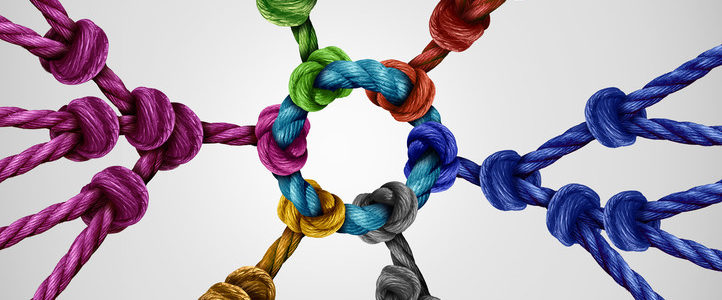What is the “Attachment theory”?
A new modern attachment Research, claims that the emotional attachment bond between children and parents is then reflected in the intimate partner we end up with. Having a “Secure Base” as children is a prerequisite for Child’s ability to explore, develop and learn.
As people are emotional beings with needs(Intimate connection, reassurance of our partner’s availability,..).Once their needs are met, their attention turns outwards – This phenomenon is called the “Dependency paradox”
- The more effectively dependent people are on one another, the more independent and daring they become
- Find the right person to depend on and travel down the road with them in order to be independent and happy
Once we are attached to a partner, our brain gets wired to seek support by ensuring their psychological and physical proximity – If our partner fails us, we are programmed to continue our attempts to achieve closeness until they do. If the partner is inconsistently available or supportive, it can be a demoralizing and debilitating experience that can literally stunt our growth and stymie our health.
Attachment:
- The two of us form one physiological unit
- Provide a strong survival advantage
- Our partner regulates our blood pressure, heart rate, and level of hormones
- Dependency is not a choice or preference – it has a historical context since a long time ago. It Evolved in order to increase survival chances in a particular environment
Not that the pursuit of happiness ought to be our compass in life, but:
All happiness or unhappiness solely depends upon the quality of the object to which we are attached by love – Spinoza

Attachment Styles:
- The way you relate to others in the context of intimate relationships
- Stable but Plastic
- Secure – Most of the population about 50%
- Know how to communicate their own expectations
- Respond to their partner’s needs effectively
- Not overly sensitive to rejection
- Great communicators – Know how to get their message across in a way that is straightforward but not accusing
- Worked best because our ancestors lived predominantly in close-knit groups
- Anxious
- More vigilant to changes in other’s emotional expression
- Sensitive
- Tend to jump to conclusions quickly – misinterpret people. It is recommended to wait a little longer before reacting
- Bad habit: Interpret calmness in a relationship as a lack of attraction
- Thrive on intimate supportive relationships that are stable and long-lasting
- Avoidant
- Long for the ideal relationship(“The one”), but hints its not with you
- Disregard your emotional well-being
- Send mixed signals about their own feelings
- Found in dating markets more frequently and for longer periods – Avoidants don’t date each other
At the initial stages of dating someone, you should ensure it’s going in the right direction and determine if the relationship is right for you – pay attention to all the messages coming through and address them securely. You can ask the following questions
Questions:
- “Is this someone I should invest emotionally into?”
- “Is this person capable of giving me what I need?”
- “Is the person sending mixed signals or is genuinely interested in being close?”
- “How much this person is capable of intimacy?”
From Attached

